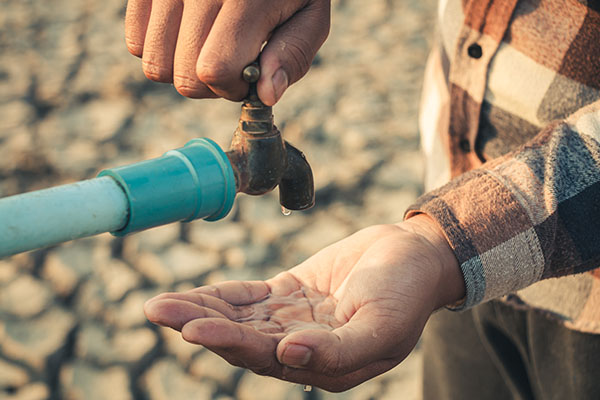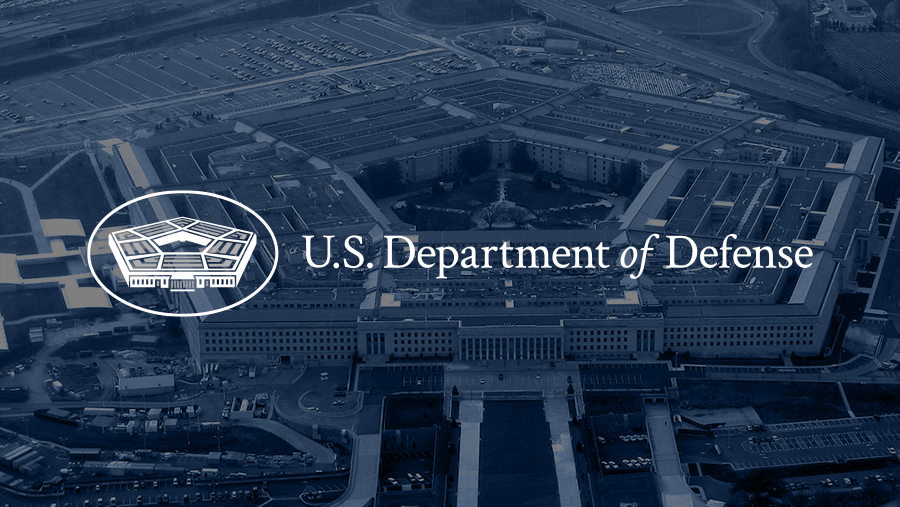Well, who needs water anyway? It’s not like we rely on it for survival or anything. Let’s just keep building those massive solar farms and let our wells run dry. We’ll be fine, right? After all, who needs a glass of water when you can have a clean energy-powered fan to cool you down during a drought? Oh, and don’t worry about those crops or the local communities struggling to find water – they’ll figure something out. Maybe they can extract moisture from the solar panels or just bask in the reflected sunlight. Who needs logic when we have solar farms, right? But hey, at least our energy will be clean, and we can all feel good about saving the planet while our taps run dry. What a brilliant trade-off!
The rapid expansion of solar farms across rural California has raised concerns about the depletion of the state’s already scarce water supplies. While these solar projects promise to enhance the Golden State’s energy sustainability, their heavy water consumption during construction poses a significant challenge. This article delves into the repercussions of large-scale solar farms on local water resources, questioning the trade-off between clean energy production and the needs of California communities.
The Water Crisis
- Depleting Local Wells: The construction of multiple utility-scale solar projects near Desert Center, along Interstate 10 near Palm Springs, has severely impacted local wells. These once-reliable sources of water have either run dry or are at risk of drying up completely. The immense size of these solar farms has hindered residents and businesses from accessing the water they depend on.
- Water Consumption During Construction: While operational solar farms consume minimal water, the construction phase demands substantial amounts due to dust mitigation requirements. State regulations mandate developers to spray water across the landscape, depleting the already limited water supplies. The Department of Interior’s Bureau of Land Management, responsible for overseeing the projects on public land, was aware of the potential impact on local wells but failed to address the issue adequately.
Balancing Energy Production and Water Resources
- Suitability of Desert Areas: The suitability of desert areas for large solar projects is undeniable, given the abundant sunlight and proximity to transmission lines. Solar farms produce clean energy without emitting harmful substances associated with coal or oil plants. However, the choice of such locations presents a challenge due to the scarcity of water in these areas, which disproportionately affects long-standing local communities.
- The Western Solar Plan: The Bureau of Land Management’s Western Solar Plan designates vast public lands as “solar energy zones” to expedite the development of solar farms. Roughly half of these zones, including the Riverside East zone encompassing Desert Center, are situated in California. While the plan aims to boost the clean energy economy, the impact on local water resources raises concerns about its sustainability.
Future Implications and Conclusion
- Reviewing the Solar Energy Zones: The Bureau of Land Management is currently reviewing the Western Solar Plan, as well as considering the expansion of solar energy zones to five additional states. If implemented, these plans would likely further deplete water resources in affected regions. It is crucial to assess the long-term consequences and reassess the balance between energy production and water sustainability.
- Current and Future Projects: Southern California’s Inland Empire region has already seen the approval of seven utility-scale solar projects, covering approximately 19,000 acres. With the potential to generate close to 3,000 megawatts of electricity, these projects could power around two million homes. However, the impact on local water supplies necessitates a careful evaluation of their benefits and drawbacks.
In conclusion, the proliferation of solar farms in California’s rural areas has raised significant concerns regarding water resources. While clean energy production is vital for the state’s sustainability, the extensive water consumption during construction and ongoing operations poses a challenge to local communities. As plans for further solar energy zones are reviewed, it becomes imperative to strike a balance between energy generation and the preservation of precious water supplies. Achieving a sustainable future requires comprehensive evaluation and consideration of alternative approaches to minimize the impact on California’s water resources.
Free Speech and Alternative Media are under attack by the Deep State. Real News Cast needs reader support to survive. Please Contribute via GoGetFunding

